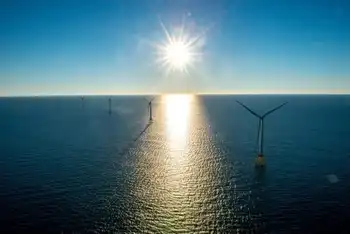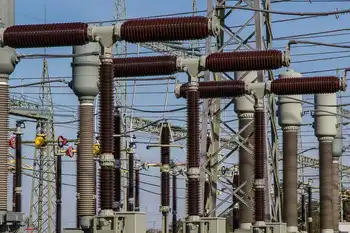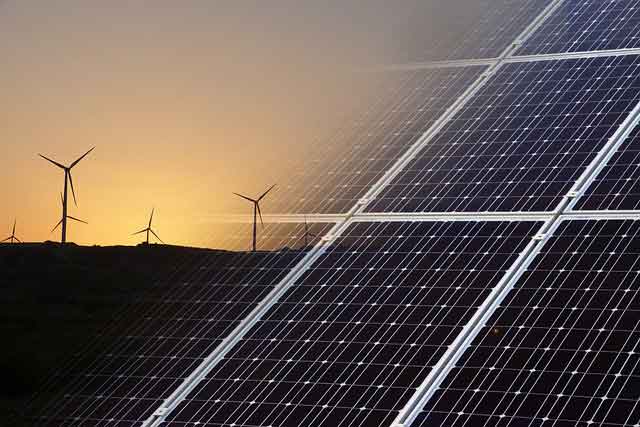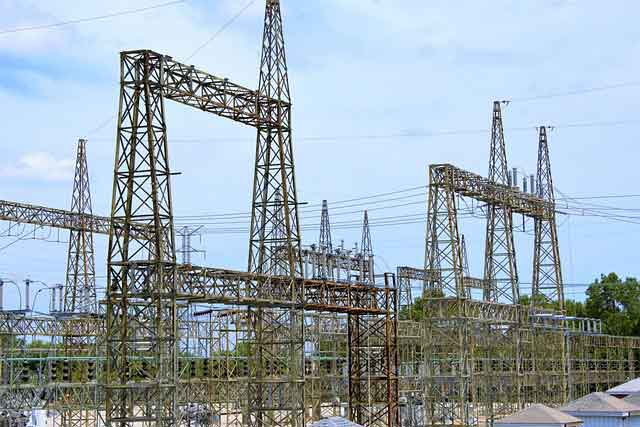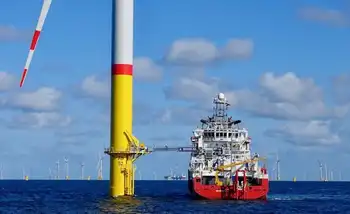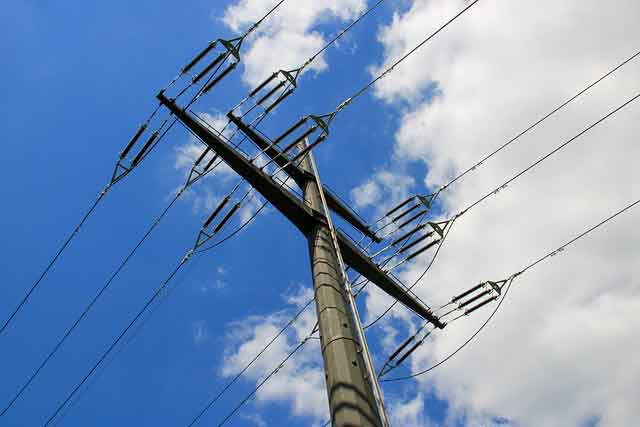Wisconsin energy outlook bright
By Milwaukee Journal Sentinel
Protective Relay Training - Basic
Our customized live online or in‑person group training can be delivered to your staff at your location.

- Live Online
- 12 hours Instructor-led
- Group Training Available
Within days or weeks, power plants could be starting up in Port Washington and Wausau.
Those extra plants, coupled with the opening of the $420 million power line between Wausau and Duluth, Minn., give utilities and energy regulators confidence heading into summer, when demand for electricity spikes on hot days.
"We're in good shape, and better than last year," said Robert Norcross, administrator at the Public Service Commission.
The combination of new generating plants and transmission upgrades - as well as slowing use of electricity because of the economy - mean the state is well positioned to meet its power needs, he said.
The strong position is a marked contrast from a decade ago, when Wisconsin ran short of power on hot summer days in 1997 and 1998. The electricity shortages sparked changes in state law that spawned a building boom of power plants and creation of American Transmission Co., a utility focused on building and operating power lines in eastern Wisconsin and Michigan's Upper Peninsula.
During a conference call with reporters, Francis Esselman, American Transmission's manager of regional reliability, said the addition of the Wausau-Duluth power line adds 400 to 500 megawatts of power the state can import on any given day.
That's nearly as much added power as will be generated by the Weston 4 power plant near Wausau, a Wisconsin Public Service Corp. project that cost $752 million. The Weston 4 plant is the first major coal-fired power plant built in the state since the mid-1980s.
The Wausau-Duluth line also provides relief for the only other high-voltage power line linking Wisconsin and Minnesota, an Xcel Energy Inc. line that extends west from Eau Claire.
In its assessment of the national power grid this summer, the North American Electric Reliability Corp. said the new power line has helped relieve congestion in the Upper Midwest.
In Wisconsin and Michigan's Upper Peninsula, American Transmission has identified five areas of concern, including Dane County, Kenosha and Racine counties, Rock and Walworth counties and the eastern segment of the UP, Esselman said.
Areas in southern Wisconsin can't import as much power as utility planners would like on hot summer days. American Transmission says a project pending with state regulators would help boost electricity imports from Illinois and provide the state access to more lower-cost power generation from across the Midwest.
In Michigan, low lake levels on Lake Superior have reduced the amount of power that can be generated from dams, requiring the eastern stretch of the peninsula to rely more on power imported on transmission lines, said Esselman. The utilities that operate in upper Michigan are meeting to develop long-term plans in case low lake levels persist, he added.
Dane County has seen several upgrades in recent years, including a project on the eastern side of Madison. But trouble spots remain on the west and southwest side of the capital city. American Transmission has proposed a plan to stretch a 345,000-volt power line across Dane County, but that project has generated controversy from opponents who question the need for the line, citing slowing growth in electricity use.
Despite all the additions, Wisconsin and Upper Michigan continue to carry the reputation of most freeway systems in major cities like Chicago. The area has been defined as a congested corridor when it comes to the flow of electricity along power lines.
Several years ago, the state won protection for five years against extra charges in the price of power linked to those crowded power lines. Those protections expire in 2010, and American Transmission hopes to have another high-voltage line connected to Illinois by the time that occurs.
Though the price of all kinds of energy is rising - from coal to natural gas to the cost of building wind farms - getting rid of that congestion could help the state's ratepayers later, according to American Transmission projections.
"Any time you increase the ability to move power, if the market moves properly, you should have access to a better deal, a better value," he said.
But electricity prices are so high that the state needs to be wary about overbuilding power plants, said Charlie Higley, executive director of the Wisconsin Citizens' Utility Board, a customer advocacy group.
"If we have too many power plants then rates will be higher than they need to be," he said.
CUB supports construction of more renewable energy because the cost of relying on fossil-fuel plants is expected to grow as the federal government moves to regulate emissions of carbon dioxide, a gas released during combustion that contributes to the greenhouse effect.
"That will make coal-fired electricity more expensive," said Higley. Wisconsin relies on coal for most of its power.
"Now is the time for us to really push investments in efficiency so that we need fewer power plants overall," Higley said.





